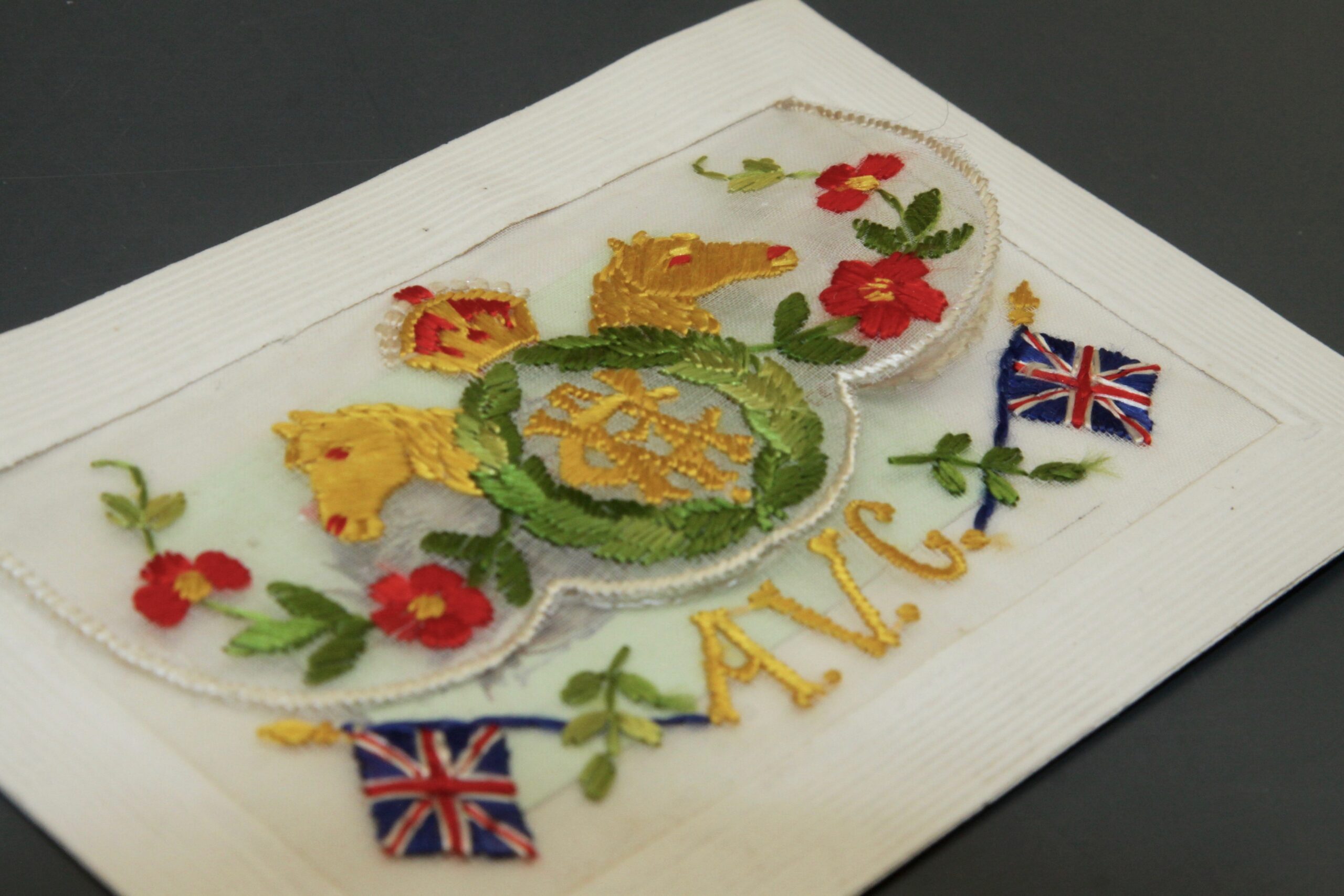Specialist valuer, Andy Bowden, previews our May ‘Collectable Stamps and Postcards’ auction:
“The first postcards appeared in the UK in October of 1870. They were issued free by the post office and were blank with the only charge being made for the halfpenny postage which was pre-printed on the card. The first picture postcards appeared nearly 25 years later in 1894. However the picture was always small, as at the time it was still compulsory for the card to be blank on one side so the address could be written out, this changed in 1902, and this saw the ‘boom’ of postcards. During Edwardian times when places such as the seaside became more accessible, with the growing railway network, companies such as Bamforths and Raphael Tuck were some of the early market leaders of postcards.
“But I would like to look at one particular area of postcards, and of all the millions of picture postcards manufactured over the years some of the most attractive started appearing in Europe during what can only be considered unhappy days of the First World War. These cards were embroidered postcards, also known as silks, which were used by the troops on the western front to send home to their loved ones and families. They were popular with all nationalities, with the intricate needlework and colouring of the cards and of course, in many cases, the sentimental messages that many bore.
“Many of the cards we see at 1818 Auctioneers are written in English, however, the French poilu was catered for with cards in French, and the Germans also had their own versions. Many of these cards originated from the Paris area, but others were made in Belgium and Switzerland, with most for the German troops being made in Spain.
“I am sure it may have caused controversy, but how were these made? It appears that some are “machine made” with others being done on hand-operated equipment. Those that are genuinely hand-embroidered are sought after and were said to have been made in workers at homes by French women only too glad to supplement their incomes. So how much did these cards cost? In general, the cost for a card was between 1 and 3 francs, and they were generally in a semi-transparent envelope to protect them. It must be remembered that a British army soldier would have only received about 10 Francs a week, with a Franc then being roughly the equivalent of about 5p. This meant that the initial outlay for these cards was actually quite a considerable amount from a soldier’s salary. In comparison, French and Belgian troops received less than this so the actual sales of these postcards were in fact quite small. Many of the popular cards with soldiers carried sentimental greetings.
“Many of these cards are similar to the type of silk ribbon pictures made by the famous Coventry firm of Thomas Stevens, these cards are greatly sought after. Interestingly, we rarely see the cards that have been sent through the post and bear postmarks to the rear. This is due to the fact that troops on the western front were issued two special envelopes without stamps every week, so the ‘hard up’ soldiers could protect these cards and get them home safely inside their free envelopes.
“In the forthcoming Stamps and postcard auction commencing on the 4th of May, we have a small selection of these silks, along with other interesting cards such as a card sent in 1912 depicting the Titanic, and a large collection of topographical cards, with plenty of local Cumbrian interest.”


